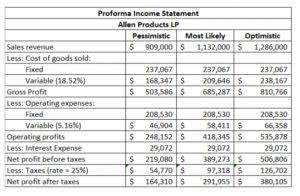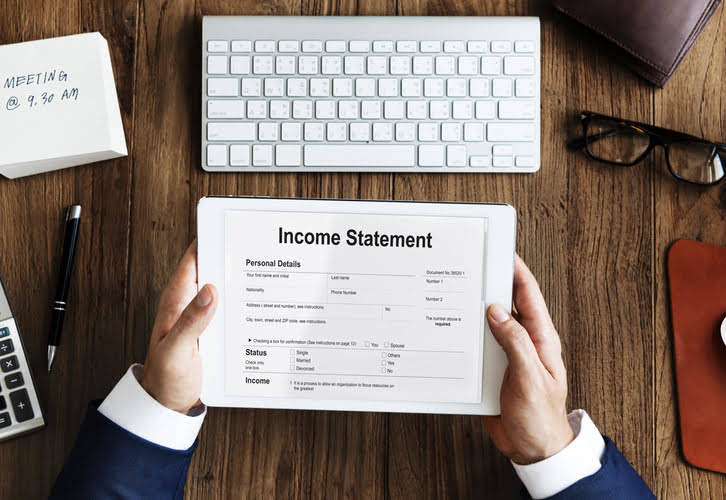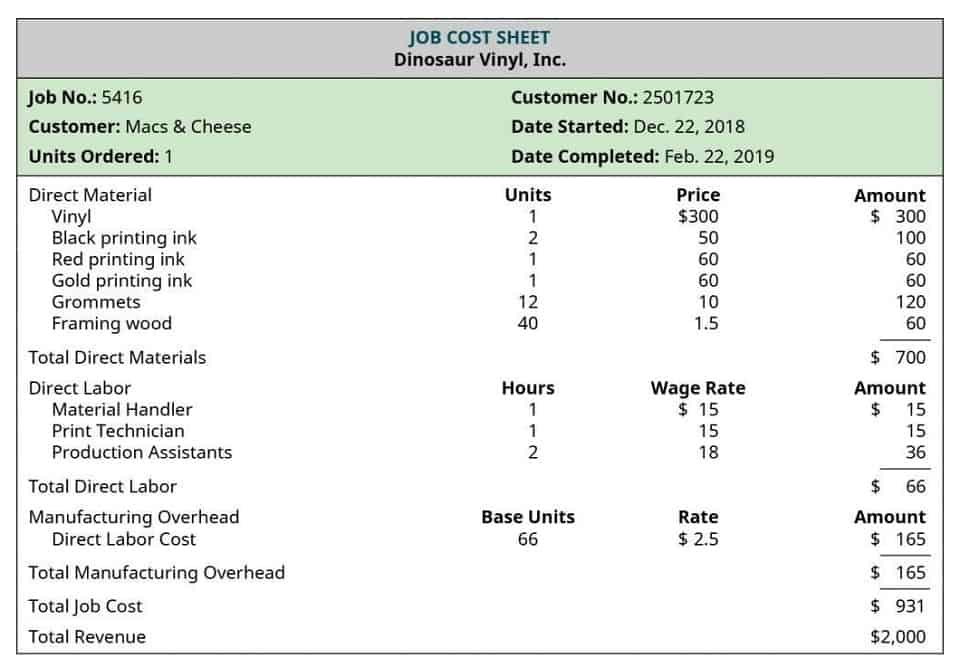
For example, if an asset will produce 50,000 units over its life, and it produces 5,000 units in a particular year, 10% of the depreciable amount would be depreciated that year. Another popular method is the Double-declining balance method depreciation expense meaning – an accelerated depreciation method where more of an asset’s cost is depreciated in the early years of the asset’s life. The business entities depreciate fixed assets every year irrespective of production or sales. In accounting, therefore, depreciating of asserts comes under fixed cost. However, when computed using the units of production method, it is taken as a variable cost. This is because the rise or fall in production causes the asset to depreciate more or less.

Book Value or Carrying Value of Assets
One of the most important things about depreciation expense is that it has implications for taxes. Depreciation allows businesses to recover the cost of tangible assets over time, which in turn reduces taxable income and tax obligations. For example, a business purchasing a new machine would initially record this in https://consulto.in/edugen/how-to-calculate-shareholders-equity-9-steps-with/ its balance sheet as an asset. Instead of realizing the entire cost of the asset in year one through the income statement, depreciating the asset allows the business to spread out that cost and generate revenue from it. Depreciation is a method of allocating the cost of a tangible asset over its useful economic life. It represents the consumption of benefits over time and matches the revenues in any period with the asset’s cost of producing those revenues.
Capital allowances

Find out what your annual and monthly depreciation expenses should be using the simplest straight-line method, as well as the three other methods, in the calculator below. The depreciation expense amount changes every year because the factor is multiplied with the previous period’s net book value of the asset, decreasing over time due to accumulated depreciation. The straight-line depreciation method is the most widely used and is also the easiest to calculate. The method takes an equal depreciation expense each year over the useful life of the asset. Tangible assets can often use the modified accelerated cost recovery system (MACRS).
Accounts Payable Essentials: From Invoice Processing to Payment

Companies depreciate to allocate the cost of a tangible asset, over its useful life. When the asset is used, wear and tear occur from erosion, dust, and decay. Despite proper maintenance and precaution, it is impossible to preserve the original form and quality of the asset. Therefore, depreciation expense is used to recognize the amount of wear and tear. Firms depreciate because the technology used in the machine may become obsolete, or the asset may become inoperable due to an accident.

Consider common practices within your industry when choosing a depreciation method. Some industries have established norms for depreciating certain types of assets. This method bases depreciation on the actual usage or production output of the asset, rather than time. The salvage value is subtracted from the asset cost to determine the depreciable amount. For instance, if you estimate that you can sell your delivery truck for $5,000 after its useful life, gym bookkeeping this would be its salvage value. The IRS publishes schedules giving the number of years over which different types of assets can be depreciated for tax purposes.
- Alongside her accounting practice, Sandra is a Money and Life Coach for women in business.
- Inverse year number is the first year of expected life, starting from the greatest digit, divided by the total years.
- As previously mentioned, depreciation can provide attractive tax advantages.
- A key difference is that you’d record depreciation expense annually, while accumulated depreciation is cumulative and tracks the total depreciation over the asset’s life.
- Tax professionals can assist you with understanding depreciation tax write-offs and ensure you’re maximizing your deductions while remaining compliant.
- Over the useful life of the fixed asset, the cost is moved from the balance sheet to the income statement.
- It is time-consuming to accounting for depreciation, so accountants reduce the work load by only capitalizing assets if the amount paid exceeds a certain threshold level, such as $5,000.
Recording Straight-Line Depreciation
The capital budgeting process would take into account the initial purchase cost, as well as the annual depreciation expense estimated over the 10-year period. This expense tends to to be charged on the income statement and decreases taxable income, which could lead to tax savings, further impacting the net cash flow. Depreciation has a significant impact on a company’s financial statements, reflecting how the cost of long-term assets is recognized over time. On the income statement, depreciation expense is subtracted from revenues, which reduces a company’s reported net income.

Cost of goods sold is usually the largest expense on the income statement of a company selling products or goods. Cost of Goods Sold is a general ledger account under the perpetual inventory system. Over the life of the equipment, the maximum total amount of depreciation expense is $10,000. However, the amount of depreciation expense in any year depends on the number of images. Income statement accounts are referred to as temporary accounts since their account balances are closed to a stockholders’ equity account after the annual income statement is prepared. If you don’t depreciate your asset, you won’t be able to claim the full benefit of the depreciation tax deduction.
